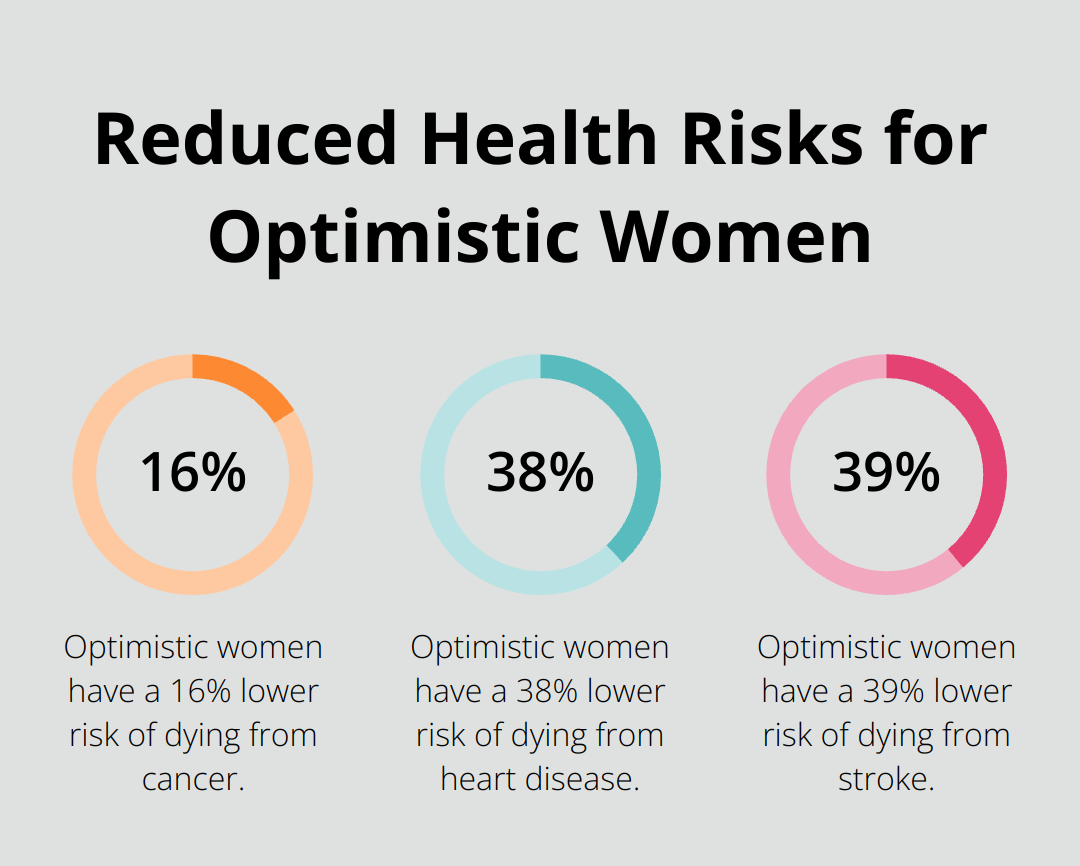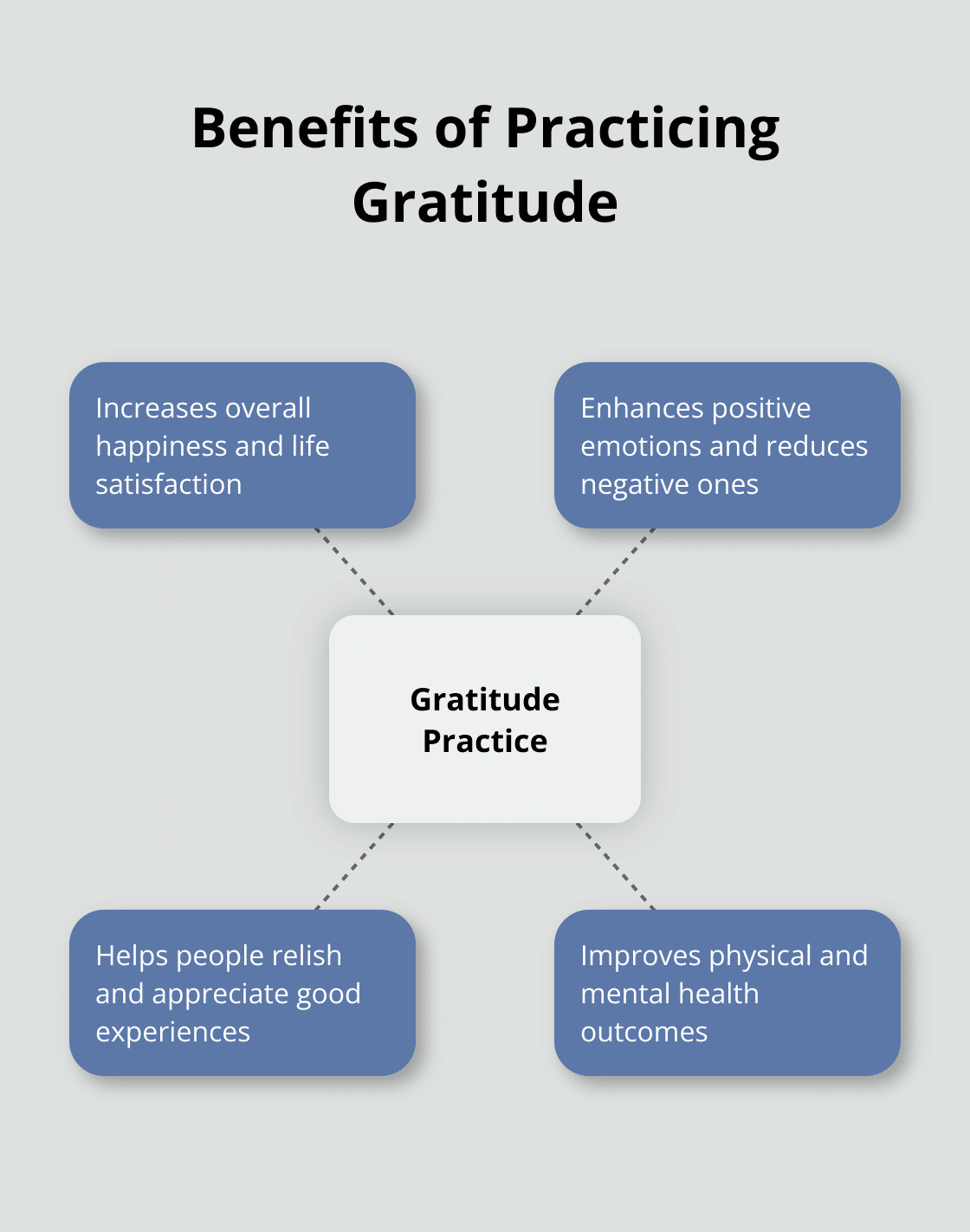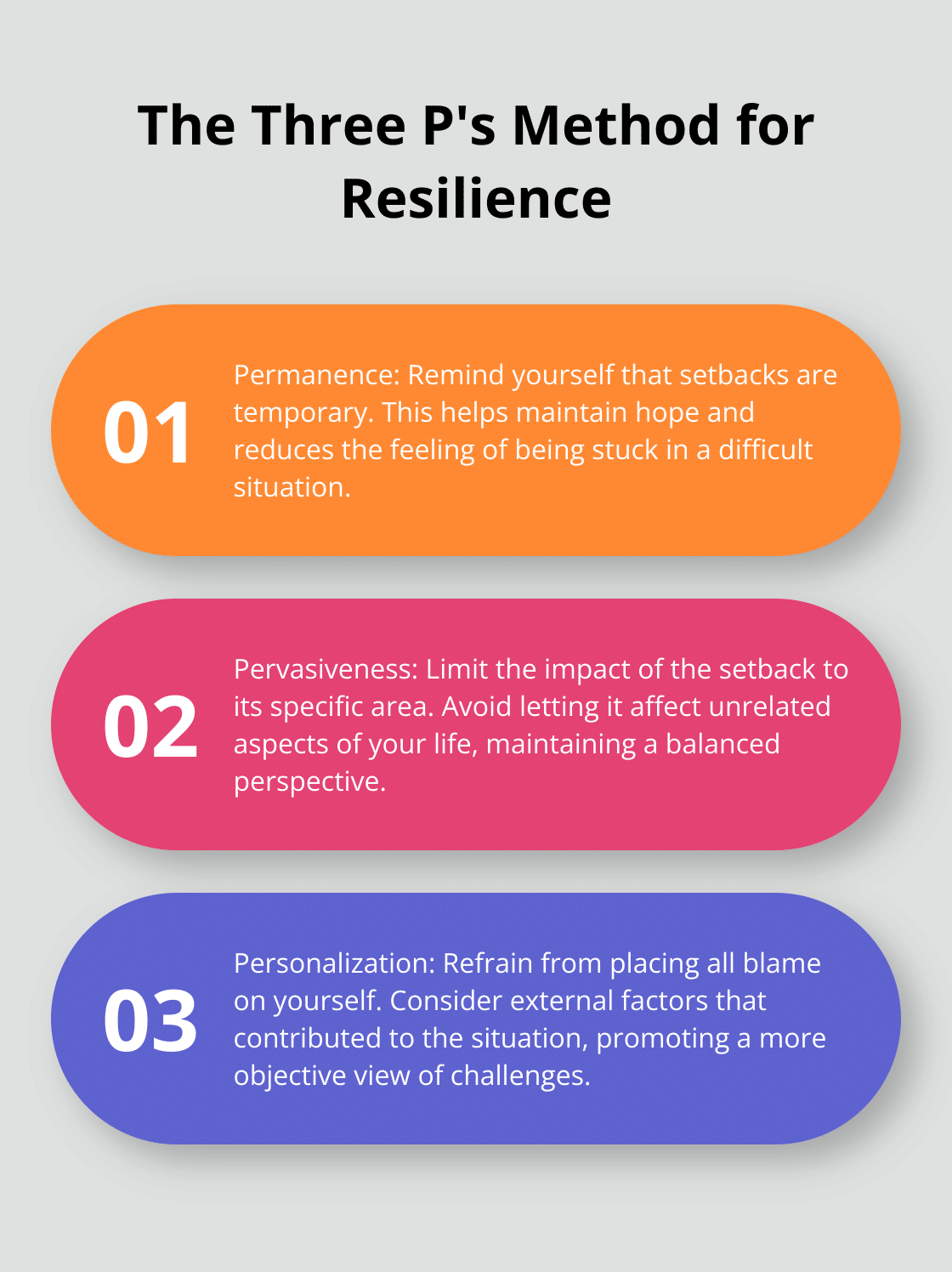At Global Positive News Network, we believe in the power of a positive mindset to transform lives. A positive mind creates positive vibes, leading to a positive life – a truth we’ve seen reflected in countless stories and research.
This blog post will explore the science behind positivity and provide practical strategies for cultivating an optimistic outlook. We’ll also address common challenges and offer solutions to help you maintain a sunny disposition, even in difficult times.
The Science of Positivity: How Optimism Shapes Our Brain and Body
Positive thinking isn’t just a feel-good mantra; it’s backed by solid scientific evidence. Research shows that optimism can significantly impact our mental and physical well-being, shaping our brains and bodies in remarkable ways.
Rewiring the Brain for Positivity
Our brains have an incredible ability to change and adapt, known as neuroplasticity. This means we can train our brains to be more positive. A study published in the journal Frontiers in Psychology found that practicing positive thinking for just two weeks increased activity in brain areas associated with emotional regulation and cognitive control.
To harness neuroplasticity for positivity, try this simple exercise: Spend five minutes each day visualizing a positive outcome for a current challenge in your life. This practice can create new neural pathways associated with optimism.
Positive Thoughts and Mental Health
The impact of positive thinking on mental health is profound. Research from the University of North Carolina at Chapel Hill revealed that individuals who regularly practice positive thinking experience lower rates of depression and anxiety. They also show greater resilience in the face of stress.
One effective technique to boost positive thinking is the “Three Good Things” exercise. Each night before bed, write down three positive experiences from your day (no matter how small). This practice has shown to increase happiness and decrease depressive symptoms for up to six months.
Optimism and Physical Well-being
The benefits of positive thinking extend beyond mental health to physical well-being. A groundbreaking study from the Harvard T.H. Chan School of Public Health found that optimistic women had a 16% lower risk of dying from cancer, a 38% lower risk of dying from heart disease, and a 39% lower risk of dying from stroke.
To cultivate optimism for better physical health, start by challenging negative self-talk. When you catch yourself thinking negatively, pause and ask, “Is this thought helping or hurting me?” Then, try to reframe the thought in a more positive light. This simple practice can lead to significant improvements in both mental and physical health over time.

Practical Applications of Positivity Science
Understanding the science behind positive thinking allows us to take concrete steps towards a more optimistic outlook. Here are some science-backed strategies to incorporate into your daily life:
- Practice gratitude: Keep a daily gratitude journal to focus on the positive aspects of your life.
- Engage in mindfulness: Regular meditation (even just 10 minutes a day) can reduce stress and increase positive emotions.
- Exercise regularly: Physical activity releases endorphins, which boost mood and reduce stress.
- Cultivate social connections: Strong social relationships are linked to increased happiness and longevity.
As we move forward, let’s explore practical strategies for cultivating a positive mindset that you can implement in your daily life. These techniques will help you harness the power of positivity and create lasting change in your thought patterns and overall well-being.
How to Build a Positive Mindset
A positive mindset transforms lives. This chapter offers practical strategies to foster an optimistic perspective:
Start Your Day with Gratitude
List three things you appreciate each morning. This practice shifts focus from scarcity to abundance. Gratitude is strongly and consistently associated with greater happiness. It helps people feel more positive emotions, relish good experiences, and improve their health.
Pair this habit with an existing routine. While you brew your morning coffee, write your gratitudes. Use a dedicated journal or a notes app on your phone.
Practice Mindfulness Throughout Your Day
Mindfulness extends beyond meditation; it involves present-moment awareness. Try this quick exercise: Take three deep breaths, focus on the sensation of air entering and leaving your body. This centers your thoughts and reduces stress.
For a structured approach, apps like Headspace or Calm offer guided meditations. Start with 5 minutes daily and increase gradually. Research suggests that on meditation days, participants reported lower levels of negative affect and higher levels of wellbeing, positive affect, and mindfulness.
Reframe Negative Thoughts
When challenges arise, ask yourself: “What’s one positive aspect of this situation?” or “What can I learn from this?” This cognitive reframing technique helps find silver linings in difficult circumstances.
If traffic jams frustrate you, use the time to listen to an educational podcast or enjoy your favorite music. This perspective shift turns a potentially stressful situation into a productive or enjoyable one.
Surround Yourself with Positivity
Your environment shapes your mindset. Seek uplifting influences: inspiring friends, motivational books, or encouraging podcasts. (Global Positive News Network offers a daily dose of uplifting stories and positive content.)
A University of Warwick study found that happiness spreads – people with happy friends and relatives are more likely to be happy themselves. Connect with positive people regularly, even through a quick phone call or text message.

Create a Positive Physical Environment
Your physical surroundings impact your mental state. Declutter your workspace, add plants (which improve mood and productivity), and display inspiring quotes or photos. These small changes create a more positive atmosphere.
A study in the Journal of Environmental Psychology found that a well-organized space improves focus and reduces stress. Take 10 minutes each day to tidy up your immediate environment.
As you implement these strategies, your mind will naturally gravitate towards optimism. The next chapter explores how to maintain this positive outlook when faced with life’s inevitable challenges.
Overcoming Obstacles to Positive Thinking
Silencing the Inner Critic
Negative self-talk often hinders positivity. The thought-stopping technique proves effective in combating this issue. When you notice a negative thought pattern, say “stop” aloud. This action interrupts the cycle and allows you to reframe your thinking.
Challenge your thoughts next. Ask yourself, “Does this thought stem from fact or feeling?” Many harsh self-criticisms lack a basis in reality. Replace unfounded negative thoughts with more balanced, realistic ones.
Recovering from Setbacks
Failures and setbacks occur inevitably, but they need not derail your positivity. When faced with disappointment, apply the “Three P’s” method developed by psychologist Martin Seligman:
- Permanence: Remind yourself of the temporary nature of this setback.
- Pervasiveness: Confine the setback to its specific area; avoid letting it affect unrelated aspects of your life.
- Personalization: Refrain from placing all blame on yourself; consider external factors that contributed to the situation.
This approach helps maintain perspective and resilience when challenges arise.

Fostering a Positive Environment
Your surroundings significantly impact your mindset. If toxic relationships or negative environments surround you, set clear boundaries. This might involve limiting time with pessimistic individuals or seeking new job opportunities if your workplace consistently drains you.
Seek out supportive friends and colleagues who uplift you. Consider joining community groups or volunteering – activities that connect you with like-minded, positive individuals.
Striking a Balance Between Optimism and Realism
While cultivating positivity matters, maintaining a realistic outlook proves equally important. Toxic positivity (the belief that one should always remain positive, even in the face of significant challenges) can harm mental health.
Try to achieve what psychologists call “realistic optimism.” This approach acknowledges difficulties while maintaining hope and seeking solutions. When problems arise, ask yourself, “What’s the best possible outcome, and what steps can I take towards it?”
Negative emotions serve a purpose. The goal isn’t to eliminate them but to process them healthily and move forward constructively. This balanced approach allows for genuine emotional experiences while still promoting overall positivity.
Utilizing Positive Media and Resources
Surround yourself with uplifting content. Choose news sources that focus on positive stories and developments (Global Positive News Network stands out as a top choice for this type of content). Read books that inspire and motivate. Listen to podcasts that offer practical advice for personal growth and positivity.
Limit exposure to negative media, especially before bedtime. Instead, end your day with inspiring content to promote a positive mindset.
Final Thoughts
This journey into cultivating a positive mindset has revealed the transformative power of optimism. Scientific research supports the profound impact of positive thinking on mental health, physical well-being, and overall life satisfaction. We encourage you to implement these strategies in your daily life, starting with small steps like gratitude journaling or brief mindfulness exercises.
The “positive mind, positive vibes, positive life” quote encapsulates our mission at Global Positive News Network. We strive to spread hope and inspiration through uplifting stories and content. We invite you to explore our platform for daily doses of positivity to fuel your journey towards a more optimistic outlook.
Your positive mindset has the potential to create ripples of change, contributing to a more optimistic and compassionate world. Start today, and let your journey towards a vibrant, positive life begin. Embrace the power of positivity, and watch as it transforms not only your own life but also the lives of those around you.




